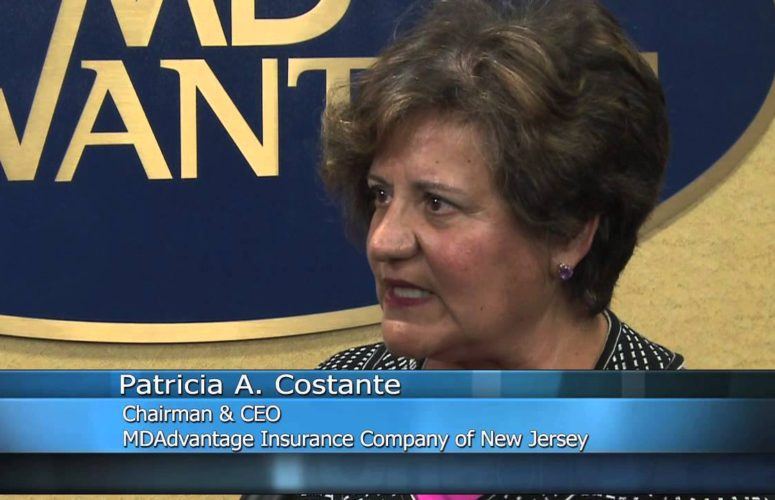Strategic Leadership: “Connecting the Dots”
Glenn Friedman and Lori Roth / Kevin Klier and Randy Stodard
By Steve Adubato, PhD On Apr 4, 2022In the first half of this edition of Lessons in Leadership, Steve Adubato and Mary Gamba are joined by Glenn Friedman, CEO, and Lori Roth, Global Managing Partner, Prager Metis CPAS, LLC, talking about business development, transformation and innovation. In the second half of this episode, Steve and Mary talk with Kevin Klier, Senior Executive VP & General Manager, dancker, and Randy Stodard, Chief Marketing Officer, Delta Dental of New Jersey, about the challenges and opportunities small businesses have faced throughout the pandemic.
Being a strategic leader requires that we slow down, think, and ask ourselves; “What exactly is my goal?” “What specifically am I trying to accomplish?” We must also recognize trends, challenges and opportunities and think through the best ways to adapt and pivot. It is all about seeing how a situation or event is “connected” to another and then leading accordingly. It is all about “connecting the dots,” so let’s consider the following:
Realize that there are dots to be connected. For many leaders, they believe that their job is to simply “deal with the situation” at a particular time without connecting the dots as to where trends and market forces are likely to go. This leadership approach is often a dangerous mistake. As hockey great Wayne Gretzky famously once said, “I skate to where the puck is going to be, not to where it has been.”
Accept that this isn’t natural. For many professionals, connecting the dots isn’t part of their leadership DNA. It requires a lot of thought and a very strategic and innovative mindset. But strategic thinking, leadership and communication also demands your attention, time, and a deep commitment to do more than what your job description states as a CEO, COO or whatever your title may be. It means you must care deeply to help put your team or organization in a position to grow, evolve and succeed.
Avoid linear thinking. Some leaders think in a more linear fashion, as if they have the luxury of moving from A to B and then to C, etc. This simplistic and flawed leadership approach just won’t cut it in a highly competitive, fluid and constantly evolving environment. The best leaders understand that the “dots” are a combination of data points, trends, occurrences, and events, and make a conscious decision to find the best ways to connect those dots.
Take a moment to pause. When things get tough, especially in high-pressured and sensitive situations, strategic leadership is more important than ever. While you can’t predict with certainty exactly how things are going to play out, it important to pause, think and assess the situation and then calmly and decisively consider the possible options on how best to proceed.
Change is the only constant. Strategic leaders can’t predict or anticipate the future, but they must understand that the status quo is rarely, if ever, an option. Sure, in some situations, doing nothing and not acting is in fact the best option available at the time, but that is not the norm. The key is to understand that embracing and leading change must be a part of a leader’s DNA.
Expect disruptions. Just as change is inevitable, so are disruptions. Great leaders are prepared to adapt, adjust, and pivot with both a sense of urgency and yet with a sense of calm and strategic perspective. While this is easier said than done, being a strategic leader also involves managing emotions when the so-called “unexpected things” happen.
Ask key questions of yourself. As a leader who must connect and engage with a complex set of stakeholders and audiences, ask yourself some key questions. “What exactly is my goal?” “What specifically am I trying to communicate?” “What are some options I haven’t considered?” The key is to avoid going on “auto pilot,” or going through the motions, and put yourself in the best position to succeed by being more intentional and deliberate in your actions.
Related Articles:





